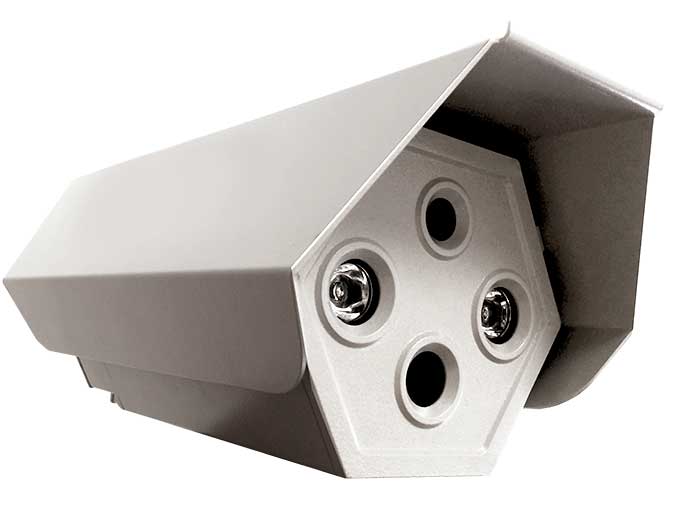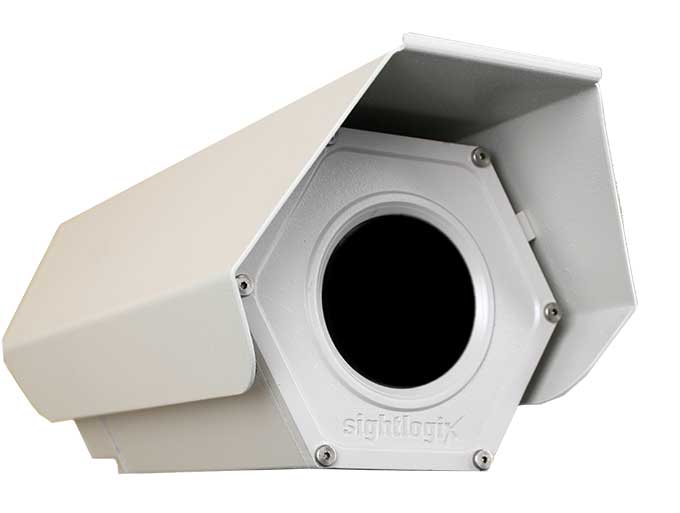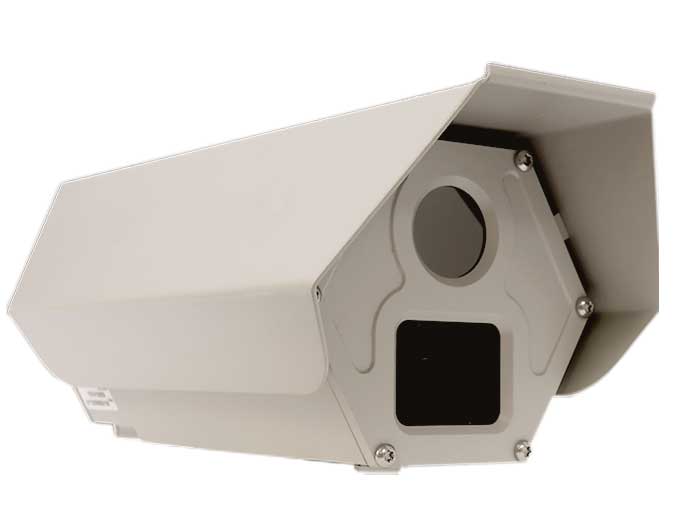- June 18, 2012
- Posted by: Eric Heller
- Category: Blog
An outdoor intrusion detection system based on video analytics works by “seeing” targets that move into a camera’s detection area. When designing your smart thermal camera system, it’s important to understand the differences between your camera’s crossfield and inbound detection distances. This will help make sure there are no areas of your site where intruders might pass through undetected. Both ranges have practical uses, depending on your requirements.
Crossfield detection is the distance that a smart camera can detect a person walking across its field of view. Because a person walking across the view creates a lot of motion, it’s easier for a smart camera to detect the target at longer ranges.
Inbound detection is the distance that a smart camera can detect a person walking directly towards the camera. Because a person walking towards the camera produces very little motion (compared with walking across the field of view), the target is harder to detect at longer ranges.

To put it more simply: Crossfield detection will usually be 50% further than inbound detection, depending on application conditions like weather, terrain, pole height, etc.
Which to choose? For perimeter security applications around critical sites like refineries, chemical storage, nuclear sites, and electrical utilities, we recommend placing your cameras according to their inbound detection distance. These applications typically involve cameras placed on poles shooting down perimeter lines, and given the critical nature of these sites, you must detect the presence of a person the instant they enter a secured area, even if they walk directly at the camera.
Crossfield distances make good sense for area applications, like protecting construction sites, car lots, or other sites where a person will likely move throughout the detection zone, and the camera may be mounted on building, looking over a wide area. They also work well for sites managed by video monitoring firms which remotely protect facilities from a central station. These applications can take advantage of the cost savings by using shorter-distance cameras placed at their crossfield ranges and still have a highly reliable security system.
There also situations where you can combine the two approaches. For example, critical facilities often have internal assets inside the perimeter, where the longer ranges and wider areas of crossfield detection work well, while the perimeter can be designed using inbound ranges.
SightLogix has always published the more conservative inbound detection distances on our datasheets. SightSensor cameras operate over much longer distances due to their high level of image processing, so our camera’s inbound detection distances are often further than our competitors’ crossfield distance!
Even so, we make it easy to choose the best approach for your site. You can use our SightSurvey tool to determine which distances work best for your site designs.




